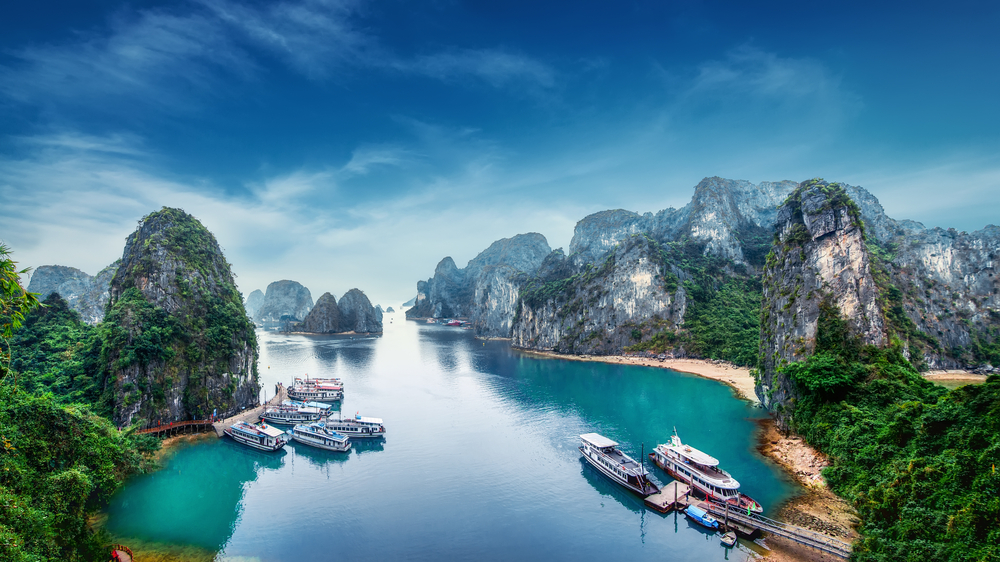Monsoon season gives rise to incessant rains, dirty roads and other potential hazards such as slip-ups, road accidents and health issues. Take note of the following 5 points in order to keep yourself safe this rainy season.
While the monsoon season gives some relief from the blazing summer heat, it is also vital to be aware of the health risks it might bring. This monsoon, like all others, may present a number of challenges, particularly if you are not prepared in advance, ranging from traffic accidents to power shortages.
If you want to enjoy this season without encountering any unpleasant incidents, you must follow the monsoon safety guidelines listed below.
1) Carry an extra set of clothing
It is impossible to predict when the rains will fall, which might be inconvenient. And, to avoid humiliation or health problems, it is best to arrive at work with a full set of dry clothes. As soon as you arrive at work, change out of your wet clothes.
Wearing moist garments in an air-conditioned atmosphere might make you sick or possibly cause hypothermia. It will also come in handy and save you from embarrassment if you have a crucial appointment with your client coming up.
2) Always carry an umbrella or a raincoat
Having an umbrella on hand is vital during the rainy season. It will not only save you from becoming sick, but it will also keep your belongings, such as your wallet, cards, and phone, from getting wet during a rainstorm. Make sure to carry your belongings in little plastic pouches so that you don’t have to worry about water ruining the goods in your handbag or backpack if you get caught in a shower.
3) Carry power banks and chargers
Before stepping out for work, make sure your phone is charged and you have a fully-charged power bank with you as well. It would be worse to get stuck without being able to communicate with anyone if your phone runs out of battery, especially during a power outage, which happens frequently during the season.
4) Beware of electrical appliances
If you work in construction or another industry that requires you to handle electronic machines, be cautious of electrical hazards during wet weather. If you see a rain cloud heading in your direction, turn off all electrical equipment and machinery and wait until the weather clears.
5) Maintain a healthy diet
During this season, there is a greater risk of catching common illnesses such as typhoid or dengue, as well as digestive difficulties such as food poisoning, diarrhoea, and gastroenteritis. As a result, it’s vital to consume a balanced diet and exercise control, especially if you order takeaway at work.



